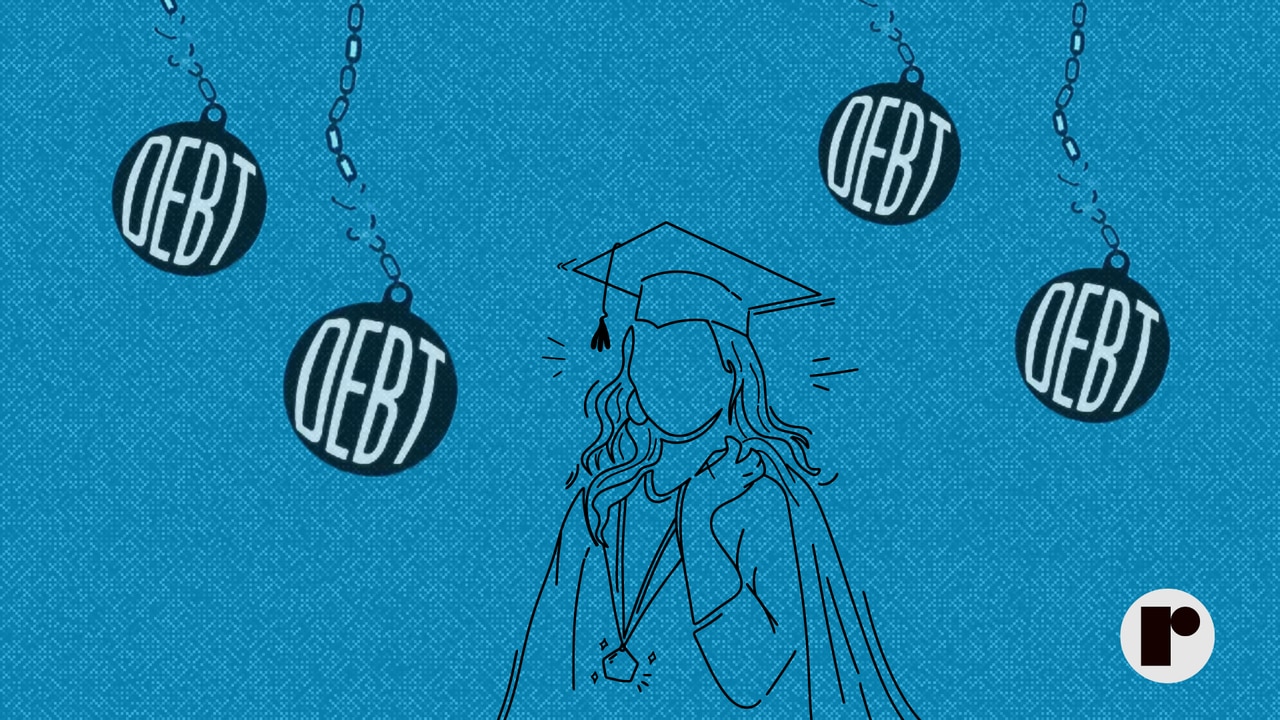Biden student loan relief plan struck down. Whatâs next?
As expected, the U.S. Supreme Court struck down President Joe Biden’s student loan debt relief plan, affecting the future of more than 43 million Americans.
Justice voted 6-3 decision, mostly along ideological lines.
The ruling marks the conclusion of a saga that began before Biden was a serious contender for the presidency. In 2019, while campaigning for the Democratic nomination for president, U.S. Sen. Elizabeth Warren of Massachusetts proposed forgiving up to $50,000 of debt for federal student loan borrowers.
Soon, all candidates in the race had an opinion on student loan debt; whether that was a price tag for potential cancellation they or whether it should be done at all.
At one point, candidate Biden stated: “I propose to forgive all undergraduate tuition-related federal student debt.”
While on the campaign trail, he proposed canceling up to $10,000 of student loan debt, a plan that resulted in historic youth voter turnout in November 2020, as millennials and members of Gen Z accounted for 31% of all voters.
At the time, as a result of the COVID-19 pandemic putting millions of Americans out of work, then-President Donald Trump had already paused payments and interest for federally held student loans.
After taking office the Biden administration extended the suspension eight times over the span of three years for federal student loan borrowers.
In August 2022, the U.S. Department of Justice issued an opinion that the HEROES Act of 2003, gives presidents the authority to forgive student loan debt in connection with the ongoing COVID-19 pandemic.
The Biden Administration immediately directed the Department of Education with provisions to forgive up to $20,000 of federal student loan debt for each borrower. Nearly 26 million Americans applied for student loan debt forgiveness.
Soon after the application closed for temporary changes, two lawsuits were filed in federal court aimed at striking down Biden’s forgiveness plan – one case from six Republican-led states and another brought by two borrowers in Texas.
Those cases made their way quickly to the Supreme Court.
What happens next?
Before today’s decision, Congress passed a debt ceiling deal signed by Biden, permanently ending the payment pause.
Shalanda Young, director of the Office of Management and Budget, said in a press briefing that even though the deal ends the payment pause, the Biden administration was planning to restart them around the same time anyway.
Regardless of today’s decision, payments are set to resume on September 1.
Although the ruling will affect tens of millions of working-class people, the ruling will unevenly impact borrowers of color, first-generation college students and those from HBCU and minority-serving institutions.
“Disproportionately women, Black and working class, these borrowers will struggle to live economically secure lives — dragging our nation’s economy down as well. Borrowers need full-scale debt relief to jumpstart the economy and put cash directly in the hands of folks who need it most,” Braxton Brewington, press secretary of The Debt Collective, a debt-elimination advocacy group told Reckon.
With the average student loan debt payment for those who are in good standing amounting close to $400 per month, this will not only be the first time a sizable portion of Gen Zers (people born between 1997 and 2012) income will go toward this expense; it will also create an economic challenge, especially since Credit Karma found that 53% of Gen Z with federal student loans depend on not making payments for financial stability.
Student loan debt impacts each generation differently, especially as tuition costs increase, interest rates tick upward and total student debt reaches an all-time high. All of these financial woes have made it difficult for millennials (people born 1981 to 1996) specifically, to achieve the big life milestones of their parents or grandparents, like buying a home or starting a family.
A study by the Center for Household Financial Stability even said millennials were at risk of becoming the “lost generation” for accumulating wealth because of their student loans.
While millennials struggle with accumulating wealth, members of Gen X (people born between 1965 and 1981) hold the largest share of federal student loan debt in the country, $525.3 billion with millennials coming in at a close second, owing $482.4 billion in student loans.
Whether borrowers do or don’t plan to pay their student loans, experts have offered steps to help them better understand how much they owe, what their monthly payments would be and who their loan servicer is come September 1.
–
Borrowers are worried about the future of affording and paying back their student loans. Are you one of them? Share your story and thoughts here with Reckon.
